We Are Not Our Audience.
One of the biggest mistakes we make as marketers and communicators is focusing on what we want to say.
Yes, you read that correctly.
We are so focused on what we want our customers to hear, we often lose sight of effective marketing communication strategy. It is our natural approach. We all do it if we are not being mindful and strategic. Effective strategies balance the messages we want our customers to hear with an understanding of our customers’ needs and wants.
Our business and marketing strategies are only effective if we have a viable and interested customer who has a need to be met or problem to be solved. Our target audiences are bombarded with messages from individuals, businesses, and organizations daily. They tune out information that does not earn their attention. They tune out what they are not interested in hearing.
We must demonstrate that we are fulfilling a need or solving a problem.
Potential customers respond to businesses and organizations who meet them where they are, and talk to them about their wants and needs. The only way we can do this is by listening and tailoring our messaging, placement and content. Ideally, we are doing this in a strategic way, regularly gathering customer information and feedback through qualitative and quantitative research.
Less Is More.
The second challenge many of us have is that we feel compelled to push out more information. Constantly. The growth of social media has only fueled this problem.
We tend to believe that if the platform is free, we should take full advantage of it by posting as much as we can - treating platforms like all-you-can-eat buffets.
Also, because everyone in our organizations is on social media daily (actually hourly), every team member seems to be a marketing “expert,” monitoring competitors and wanting us to “match or beat” whatever the competitor is posting or sharing. This causes an already oversaturated platform to be even more noisy and annoying to potential customers. When this happens, many times they actually start avoiding our posts or even unfollowing us all together.
Too much promotion can actually damage our brand and close doors to potential customers.
Earn The Right.
At the end of the day, we have to earn the right to be seen or heard by our customers or potential customers. They are fatigued by too many promotional messages.
This means that our content and messaging must be targeted to the right customer groups to break through the noise. But, it does not stop there. We also have to be talking about our products or services in a way that proves we are a unique and valuable solution to problems or unmet needs.
Attention to this “quality over quantity” approach and development of value-added original content, along with attention to the best available market research, are critical for success in today’s oversaturated market.
For more information about marketing research, strategic messaging and content development, contact us at lafe@lafejones.com.




